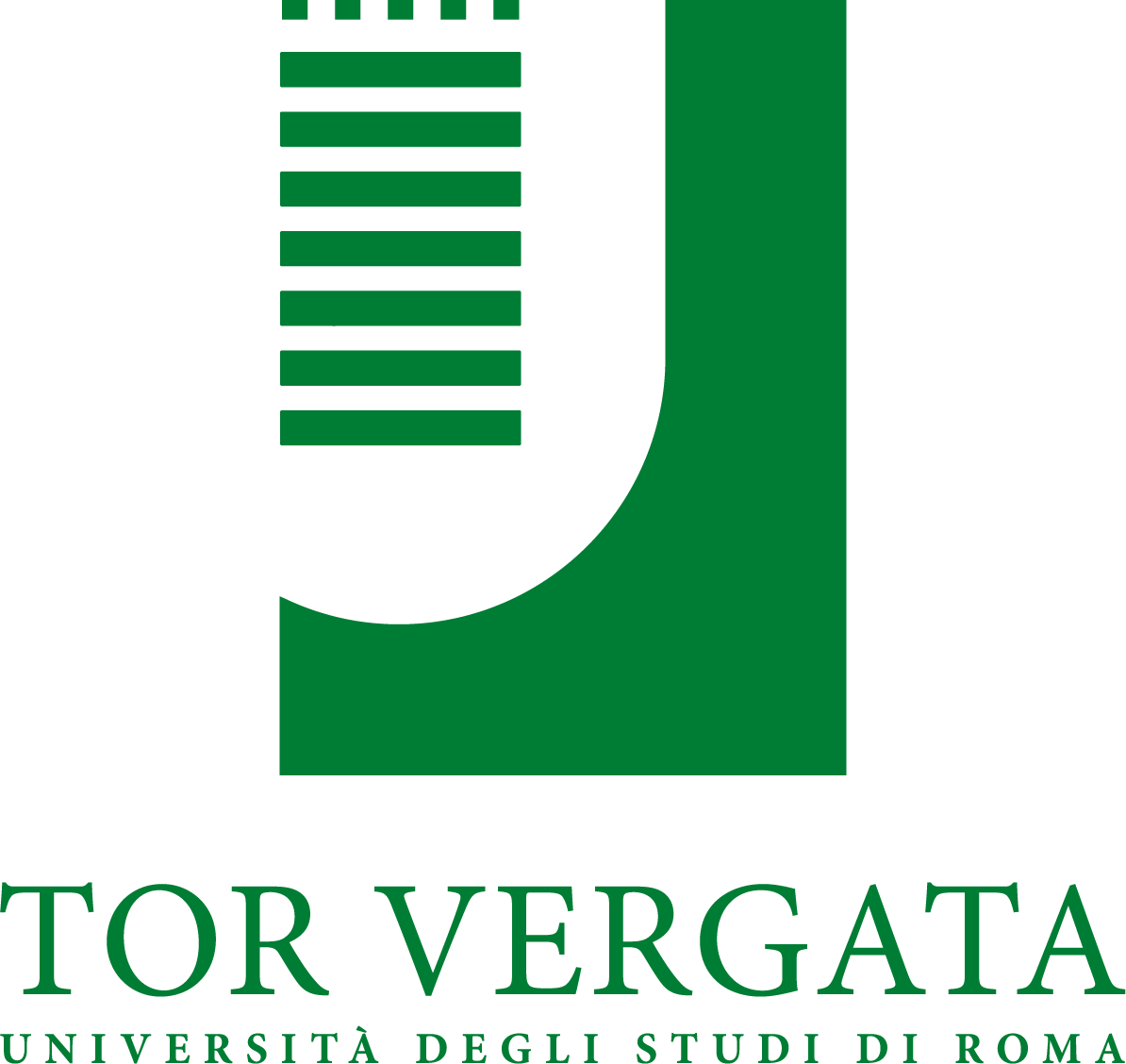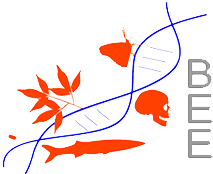Education:
1972 High School Degree, “Liceo Scientifico F. D’Assisi” Rome, Italy.
1977 Laurea ‘cum laude’ in Biology at the University of Rome “La Sapienza”.
Short cronology of non-didactic activities:
1976-1977 Training at the Institute of Hystology and Embriology of the University of Rome “La Sapienza”
1977 Training at the Department of Biochemistry of the University of Stockholm, Sweden (Prof. Gustav Dallner).
1978 Training at the Department of Pathology of the Karolinska Institutet of Huddinge, Sweden (Prof. Anders Bergstrand)
1984-2000 Researcher at the Department of Biology, University of Rome “Tor Vergata”
1986 Training at the Weizmann Institute of Rehovot, Israel (Prof. Meir Shinitzky)
1992 Host at the Department of Biochemistry of the University of Tucùman, Argentina (Prof. Ricardo Norberto Farìas)
2000-2014 Associate Professor at the Department of Biology, University of Rome “Tor Vergata”
Didactic activities:
A.A. 1993-’94 – A.A. 1996-’97 – Teacher of “Methods and measurement systems fo biology” for laboratory technics, at the Faculty of Medicine of the University of Rome “Tor Vergata”.
A.A. 1995-’96 – A.A. 1998-’99, course of “Cellular Physiology” for students in Biological Sciences, at the University of Rome “Tor Vergata”.
A.A. 2003-’04 – 2010-’11, course of “Membrane Physiology” for BCM students at the University of Rome “Tor Vergata”.
A.A. 2003-’04 – to date, course of General Physiology for students in Biotechnology.
Research lines:
The scientific activity is mainly focussed on the study of the physiology of biological membranes and, in particular, on the role of sphingolipids in signal transduction and in the regulation of cellular functions.
Short-chain ceramides in therapy
A first research line deals with the metabolism and cytotoxic effects of synthetic short-chain ceramides that, owing to their amphiphilic properties, can be easily delivered to tumoral cells, both ‘in vitro’ and ‘in vivo’. The current studies are aimed at elucidating the base as well as the mechanisms of the cytotoxic activity of the compounds, mainly in cultured neurotumor cells.
(Glyco)sphingolipids and insulin-resistance
A further, and more recent, research line is aimed at clarifying the possible retatioships between insulin-resistance, as occurring in cultured skeletal muscle cells, and (glyco)sphingolipid metabolism.
More recent publications representative of the scientific activity:
Di Bartolomeo S.& Spinedi A. (2001) Potentiation of okadaic acid-induced ceramide elevation but not apoptosis by inhibition of glucosylceramide synthase in human neuroepithelioma cells. Biochem Pharmacol. 61, 851-856.
Di Bartolomeo S. & Spinedi A. (2001) Differential chemosensitizing effect of two glucosylceramide synthase inhibitors in hepatoma cells. Biochem. Biophys. Res. Commun. 288, 269-274.
Di Bartolomeo S. & Spinedi A. (2002) Ordering ceramide-induced cell detachment and apoptosis in human neuroepithelioma. Neurosi. Lett. 334, 149-152,
Romano, E., Cannata, S., Di Bartolomeo, S. & Spinedi, A. (2003) Caspase inhibition shifts neuroepithelioma cell response to okadaic acid from apoptosis to an apoptotic-like form of death. Biochem. Biophys. Res. Commun. 303, 469-474.
Di Bartolomeo, S. & Spinedi, A. (2005) Two glucosylceramide synthase inhibitors attenuate doxorubicin-induced p21Cip1/Waf1 upregulation in HepG2 cells, irrespective of their differential chemosensitizing properties. Biochem. Biophys. Res. Commun. 330, 242-246.
Limatola, C., Massa, V., Lauro, C., Catalano, M., Giovanetti, A., Nuccitelli, S. & Spinedi, A. (2007) Evidence for a role of glycosphingolipids in CXCR4-dependent cell migration. FEBS Lett. 581, 2641–2646.
Mancinetti A, Di Bartolomeo S, Spinedi A. (2009) Long-chain ceramide produced in response to N-hexanoylsphingosine does not induce apoptosis in CHP-100 cells. Lipids 44, 1039-46.
Di Bartolomeo, S., Luly, P., Spinedi, A. (2010) P-Glycoprotein is not a key target for the chemosensitizing effect of 1-phenyl-2-decanoylamino-3-morpholino-1-propanol in HepG2 cells exposed to doxorubicin. Drug Metab. Lett. 4, 39-44.
Spinedi, A. (2012) Relevance of the salvage pathway to N-hexanoylsphingosine metabolic downregulation in human neurotumor cells: implications for apoptosis. Drug Metab. Lett. 6, 60-66.
Spinedi, A. (2014) Brefeldin A limits N-hexanoylsphingosine-induced accumulation of natural ceramide via the salvage pathway by enhancing glucosylation. Lipids 49 (2): 207-10.






Università di Tor Vergata